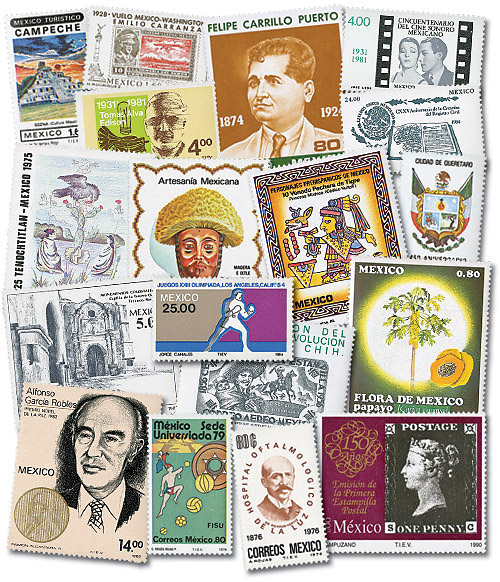
# 4627 - 2012 First-Class Forever Stamp - Statehood: Arizona Centennial
U.S. #4627
2012 45¢ Arizona Statehood Centennial
Issue Date: February 14, 2012
City: Phoenix, AZ
Quantity: 40,000,000
Printed By: Avery Dennison
Printing Method: Photogravure
Color: Multicolored
Arizona is the only place where visitors can see the original London Bridge, marvel at one of the tallest fountains ever built, look through the world’s largest solar telescope, and stand in four states at once. In 1912, this former U.S. territory became the last of the 48 adjoining states.
Modern Arizona reflects its storied history. Centuries ago, the Colorado River carved the Grand Canyon in Northern Arizona. Spanish explorers found native Americans here during the 1500s, while Mormon settlers joined miners and cotton farmers when they arrived in the mid-19th century. Castilian and Burgundian flags of Spain have flown over Arizona’s sprawling desert landscape, along with the Mexican, Confederate, and U.S. flags.
Farming and mining fueled Arizona’s economy until the Great Depression. A thriving tourism industry developed, allowing visitors to experience what remained of life in the “Old West.” The introduction of air conditioning after World War II provided a population boom during the late 1940s, enticing corporations and retirees from across the nation to the region. Yet evidence of Arizona’s plain-spoken, no-nonsense pioneer spirit remains – it is the only state where drivers can violate a statute named the “Stupid Motorist Law.”
Battle Of Ambos Nogales
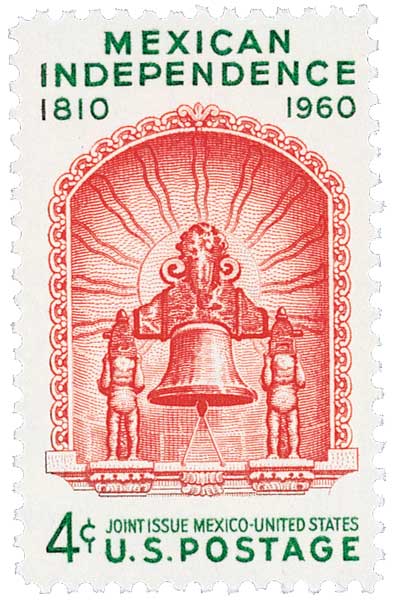
On August 27, 1918, US and Mexican forces engaged in the Battle of Ambos Nogales, amid the tensions of the Mexican Revolution, World War I, and the Border War.
Along the border of the US and Mexico, International Street divided Ambos (“Both”) Nogales. To the north was Nogales, Arizona, and to the south was Nogales, Sonora. In 1918, residents of both towns generally got along and both benefitted from the smuggling of cigars, liquor, firearms, and cattle.
Up until this time, there was no fence in the town. People knew they had to cross at one of two specific entry points. At about 4:00 p.m. August 27, 1918, carpenter Gil Lamadrid crossed back into Mexico. After he had entered Mexico, a US Customs Inspector told him to stop so he could inspect the large package he was carrying. Nearby, Mexican customs agents told him to ignore the order and continue walking into Mexico. As both sides shouted orders, Lamadrid became confused.
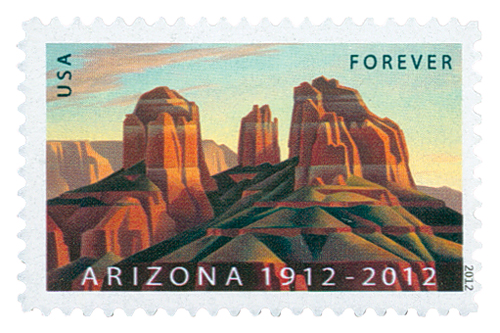
Then a shot was fired. It’s believed it was a warning shot into the air. But Lamadrid didn’t know what it was so he dropped to the ground. The Mexican customs officers thought he had been shot, so they began firing on the US agents. And the US inspectors drew their guns and returned fire. Amid the fire, Lamadrid jumped up and ran down a nearby street. Meanwhile, Mexican citizens could hear the fire from their neighborhood, so they grabbed their guns and joined the Mexican officers at the border.
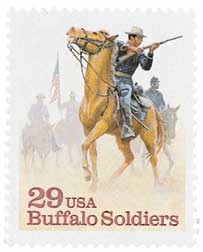
The men on the US side of the border grew concerned. At the time, World War I was raging in Europe and it had been revealed earlier in the year that the Germans had proposed a military alliance with Mexico. The American authorities didn’t know if World War I had reached the US and decided to call in Buffalo Soldiers for support. The 10th Cavalry then arrived and crossed the border into Mexico. They attacked the heights to the east of town while the militia in Arizona fired on the buildings.
Eventually, the mayor of Nogales, Sonora, tied a white cloth to his cane and ran into the street to convince his people to drop their guns. However, he was struck by a bullet and died a half hour later. In the wake of his death, the city officials sought to end the fighting and around 7:45 p.m., raised a large white flag over their customs building.

The Americans immediately ordered a ceasefire, though occasional sniper fire would continue on both sides through the night. The border crossing was closed until late the following day. Over the course of the fighting, four US soldiers and two civilians were killed, while 28 soldiers and civilians were wounded. On the Mexican side, about 30 soldiers and 100 civilians were killed and about 300 wounded.
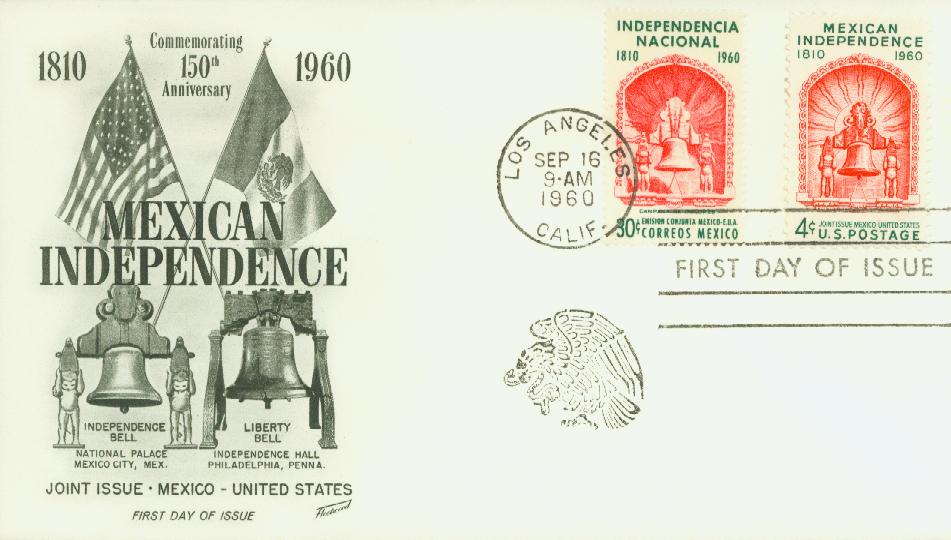
Diplomatic talks and an American investigation into the incident were immediately arranged. In the end, they decided to establish a two-mile-long border fence down International Street – the first permanent border fence separating the US and Mexico. The battle holds special significance in Mexico, with its own song “El Corrido de Nogales” and a monument honoring those who participated in the battle. Additionally, the Mexican Congress bestowed upon Nogales the title of “Heroic City.”
U.S. #4627
2012 45¢ Arizona Statehood Centennial
Issue Date: February 14, 2012
City: Phoenix, AZ
Quantity: 40,000,000
Printed By: Avery Dennison
Printing Method: Photogravure
Color: Multicolored
Arizona is the only place where visitors can see the original London Bridge, marvel at one of the tallest fountains ever built, look through the world’s largest solar telescope, and stand in four states at once. In 1912, this former U.S. territory became the last of the 48 adjoining states.
Modern Arizona reflects its storied history. Centuries ago, the Colorado River carved the Grand Canyon in Northern Arizona. Spanish explorers found native Americans here during the 1500s, while Mormon settlers joined miners and cotton farmers when they arrived in the mid-19th century. Castilian and Burgundian flags of Spain have flown over Arizona’s sprawling desert landscape, along with the Mexican, Confederate, and U.S. flags.
Farming and mining fueled Arizona’s economy until the Great Depression. A thriving tourism industry developed, allowing visitors to experience what remained of life in the “Old West.” The introduction of air conditioning after World War II provided a population boom during the late 1940s, enticing corporations and retirees from across the nation to the region. Yet evidence of Arizona’s plain-spoken, no-nonsense pioneer spirit remains – it is the only state where drivers can violate a statute named the “Stupid Motorist Law.”
Battle Of Ambos Nogales

On August 27, 1918, US and Mexican forces engaged in the Battle of Ambos Nogales, amid the tensions of the Mexican Revolution, World War I, and the Border War.
Along the border of the US and Mexico, International Street divided Ambos (“Both”) Nogales. To the north was Nogales, Arizona, and to the south was Nogales, Sonora. In 1918, residents of both towns generally got along and both benefitted from the smuggling of cigars, liquor, firearms, and cattle.
Up until this time, there was no fence in the town. People knew they had to cross at one of two specific entry points. At about 4:00 p.m. August 27, 1918, carpenter Gil Lamadrid crossed back into Mexico. After he had entered Mexico, a US Customs Inspector told him to stop so he could inspect the large package he was carrying. Nearby, Mexican customs agents told him to ignore the order and continue walking into Mexico. As both sides shouted orders, Lamadrid became confused.

Then a shot was fired. It’s believed it was a warning shot into the air. But Lamadrid didn’t know what it was so he dropped to the ground. The Mexican customs officers thought he had been shot, so they began firing on the US agents. And the US inspectors drew their guns and returned fire. Amid the fire, Lamadrid jumped up and ran down a nearby street. Meanwhile, Mexican citizens could hear the fire from their neighborhood, so they grabbed their guns and joined the Mexican officers at the border.

The men on the US side of the border grew concerned. At the time, World War I was raging in Europe and it had been revealed earlier in the year that the Germans had proposed a military alliance with Mexico. The American authorities didn’t know if World War I had reached the US and decided to call in Buffalo Soldiers for support. The 10th Cavalry then arrived and crossed the border into Mexico. They attacked the heights to the east of town while the militia in Arizona fired on the buildings.
Eventually, the mayor of Nogales, Sonora, tied a white cloth to his cane and ran into the street to convince his people to drop their guns. However, he was struck by a bullet and died a half hour later. In the wake of his death, the city officials sought to end the fighting and around 7:45 p.m., raised a large white flag over their customs building.

The Americans immediately ordered a ceasefire, though occasional sniper fire would continue on both sides through the night. The border crossing was closed until late the following day. Over the course of the fighting, four US soldiers and two civilians were killed, while 28 soldiers and civilians were wounded. On the Mexican side, about 30 soldiers and 100 civilians were killed and about 300 wounded.

Diplomatic talks and an American investigation into the incident were immediately arranged. In the end, they decided to establish a two-mile-long border fence down International Street – the first permanent border fence separating the US and Mexico. The battle holds special significance in Mexico, with its own song “El Corrido de Nogales” and a monument honoring those who participated in the battle. Additionally, the Mexican Congress bestowed upon Nogales the title of “Heroic City.”












